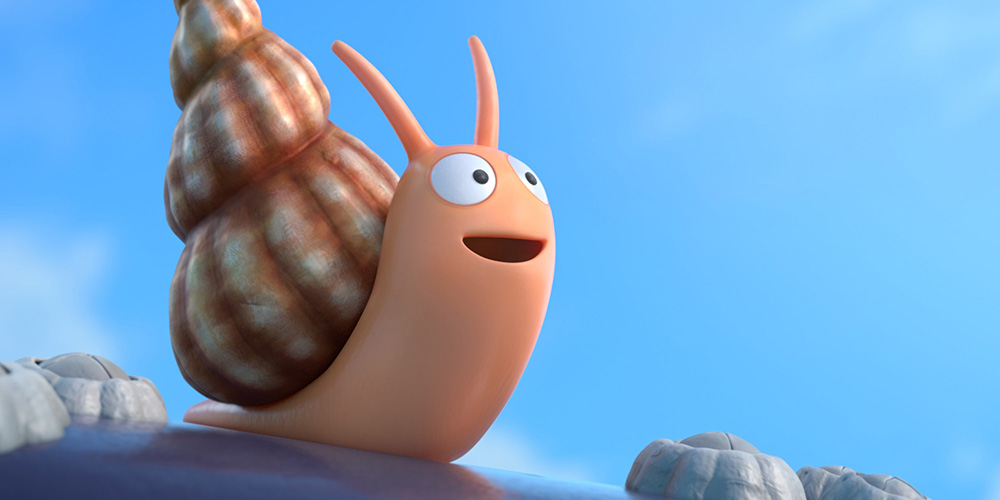
Check out our range of fun snail facts for kids. Learn about a snail’s top speed, how long snails live, snail tongues, why snails can move along upside down and much more.
Read on and enjoy a variety of interesting information about snails.
- Snail is a common name for gastropod molluscs that can be split into three groups, land snails, sea snails and freshwater snails.
- Snails can have lungs or gills depending on the species and their habitat. Some marine snails actually can have lungs and some land based snails can have gills.
- Snail-like animals that do not have a shell are usually called slugs.
- Most snail species have a ribbon-like tongue called a radula that contains thousands of microscopic teeth. The radula works like a file, ripping food up into tiny pieces.
- The majority of snails are herbivores eating vegetation such as leaves, stems and flowers, some larger species and marine based species can be predatory omnivores or even carnivores.
- The giant African land snail grows to about 38 cm (15 in) and weigh 1 kg (2lb).
- The largest living sea snail species is the Syrinx aruanus who’s shell can reach 90 cm (35 in) in length and the snail can weigh up to 18 kg (40lbs)!
- Common garden snails have a top speed of 45 m (50 yards) per hour. Making the snail one of the slowest creatures on Earth.
- As they move along snails leave behind a trail of mucus which acts as a lubricant to reduce surface friction. This also allows the snail to move along upside down.
- Depending on the species snails can live 5 – 25 years.
- The snail is a delicacy in French cuisine called escargot. The snail is also eaten in many other countries of the world, often as a fried meal.
